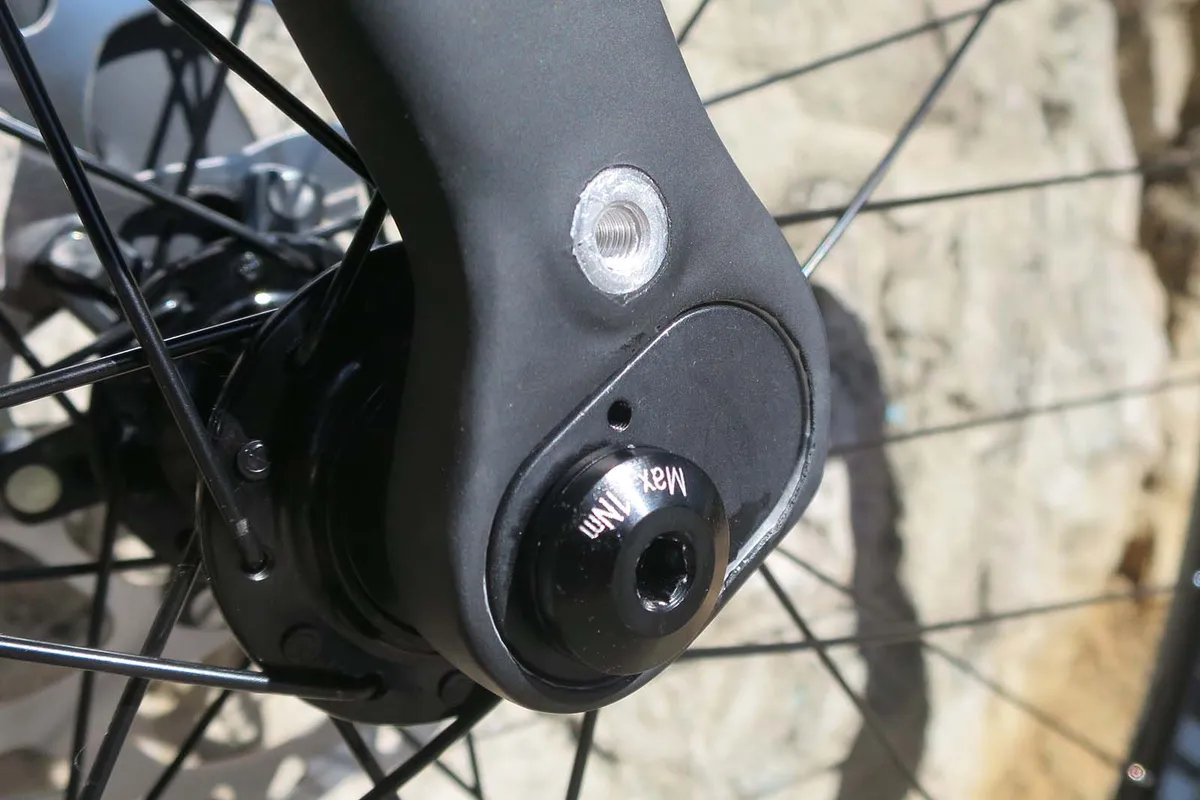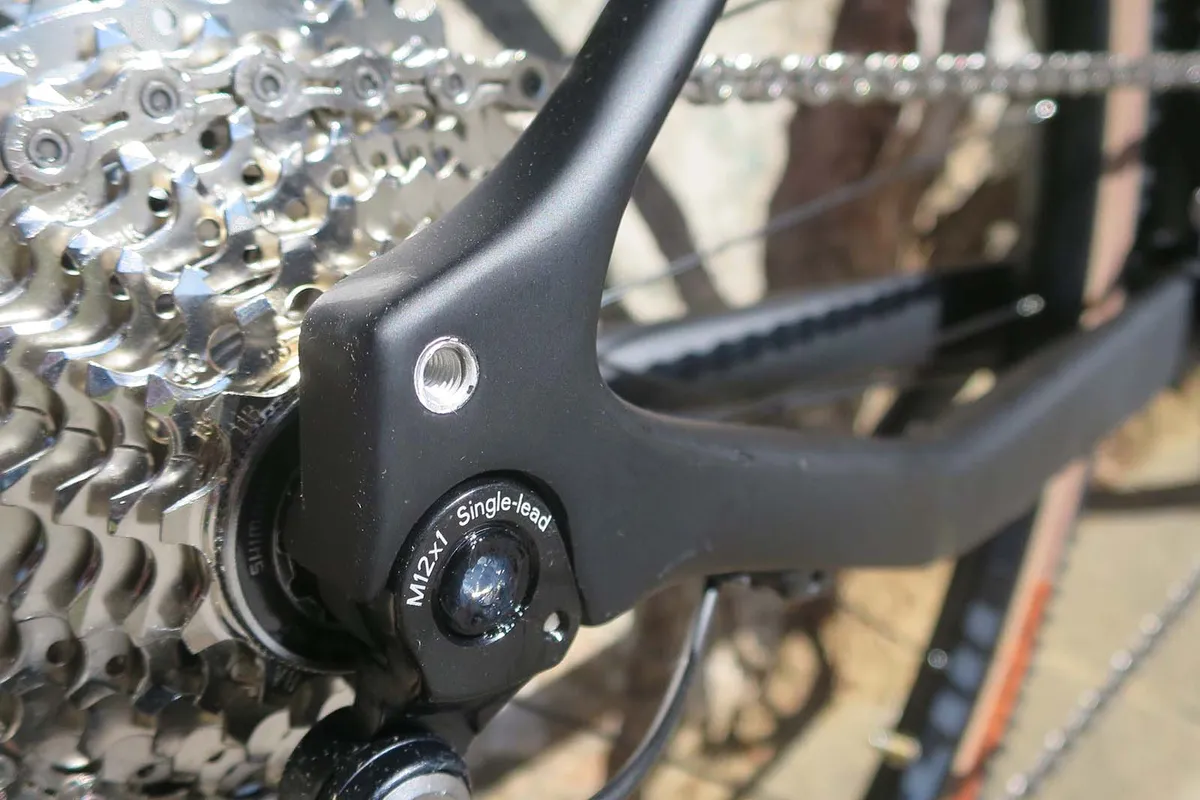The original GT Grade launched back in 2014 (as a 2015 model year bike) and was a ground-breaking machine, we even awarded it Best Debut in our 2015 Bike of the Year awards.
The original Grade took three years to develop from conception to prototype and final development. Initially, the team at GT identified a trend away from traditional race machines with the shift to a more comfortable ride and a more comfortable position.
- GT Grade Carbon Pro first ride review
- Best gravel bike tyres in 2019
- Get dusty with Shimano's new RX8 gravel shoe
The bike has always been designed for adventure, able to be raced at a gran fondo, yet get off the beaten track to ride dirt roads and gravel, aided by the large volume tyres and disc brakes. They're bikes aimed at the competitive sportive rider that wants to expand their horizons and ride way beyond tarmac.
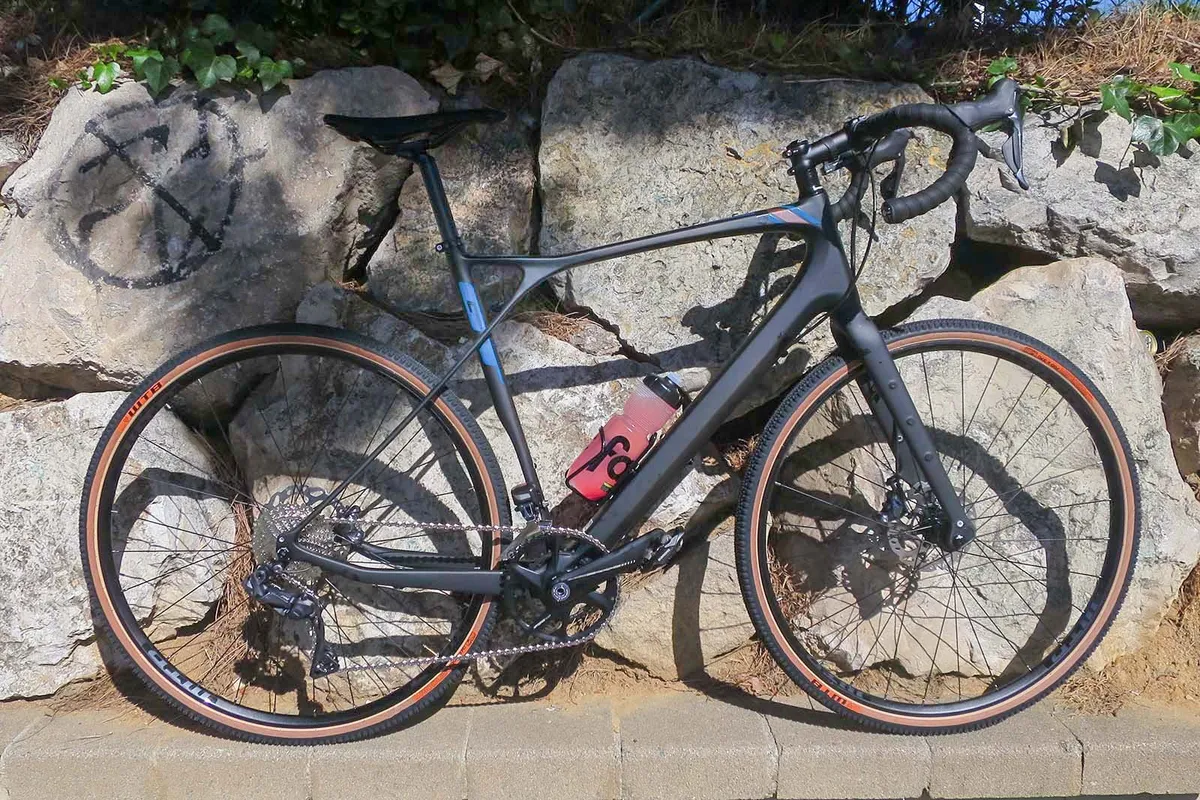
This new Grade has taken four years to complete. GT’s product guru Patrick Kay (PK) explained that “the original Grade was somewhat ahead of its time, we helped push the gravel/all-road, more extreme endurance bike forward, but as these bikes have matured we needed to address some aspects of the hugely successful original Grade.
"Those changes, well some of them, are to be expected, such as flat-mounts discs front and rear, and thru-axles too. Both are now expected on a bike of this type, as are simple things like Di2 compatibility. Add in the requirements of more bosses, bigger tyre clearances and the challenge becomes bigger when you want to maintain what made the Grade such a great bike originally."
Floating seatstays
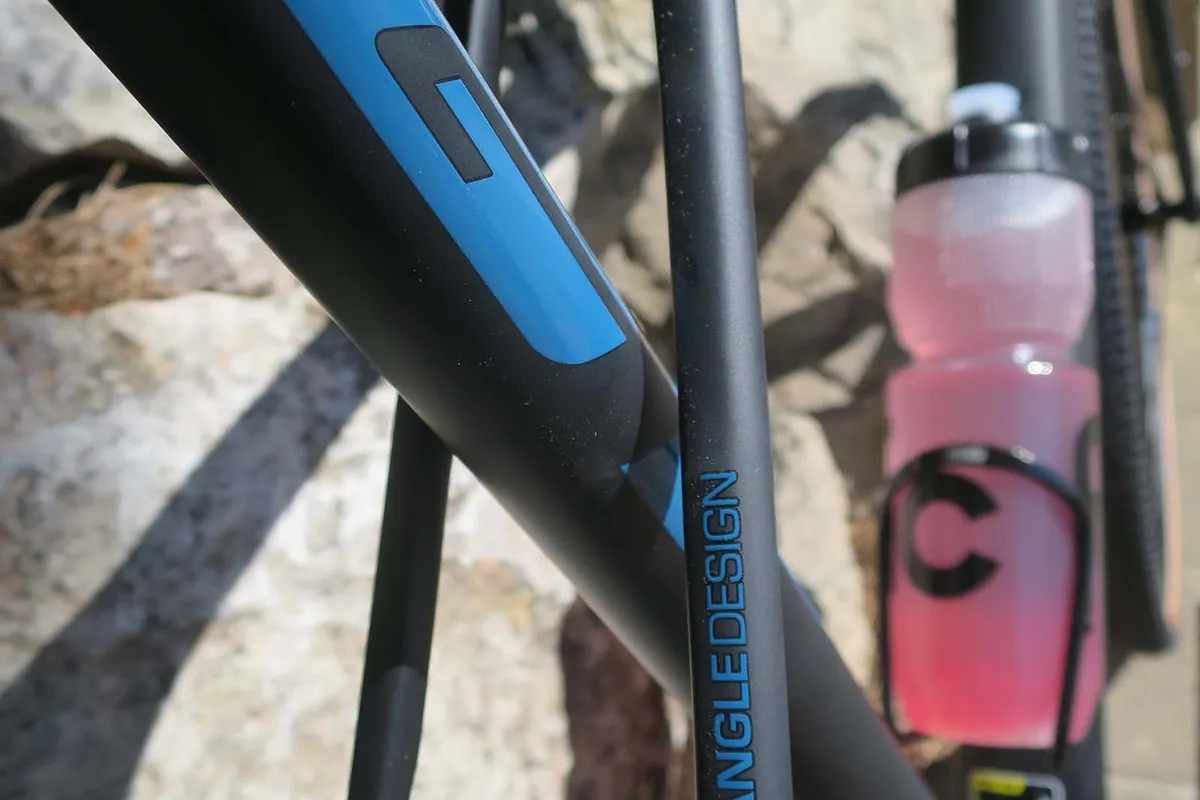
GT’s triple triangle is a brand signature and has featured on GT’s mountain bikes for decades as well as on road bikes during its heyday — such as the beautiful titanium Edge as ridden by Lotto in the nineties — and it's present on the new GT Grade too.
However, there is a difference here; the long, low dropped seatstays are no longer bonded, or welded on the alloy models, to the seat tube.
In the development of the new bike, GT’s engineers found that by leaving the stays unbound by the seat tube they were able to increase compliance greatly through both the seatstays and the seat tube.
Both of these frame elements have some smart design at work. First up the seatstays themselves, which are by far the thinnest you’ll see on any current production carbon bike.
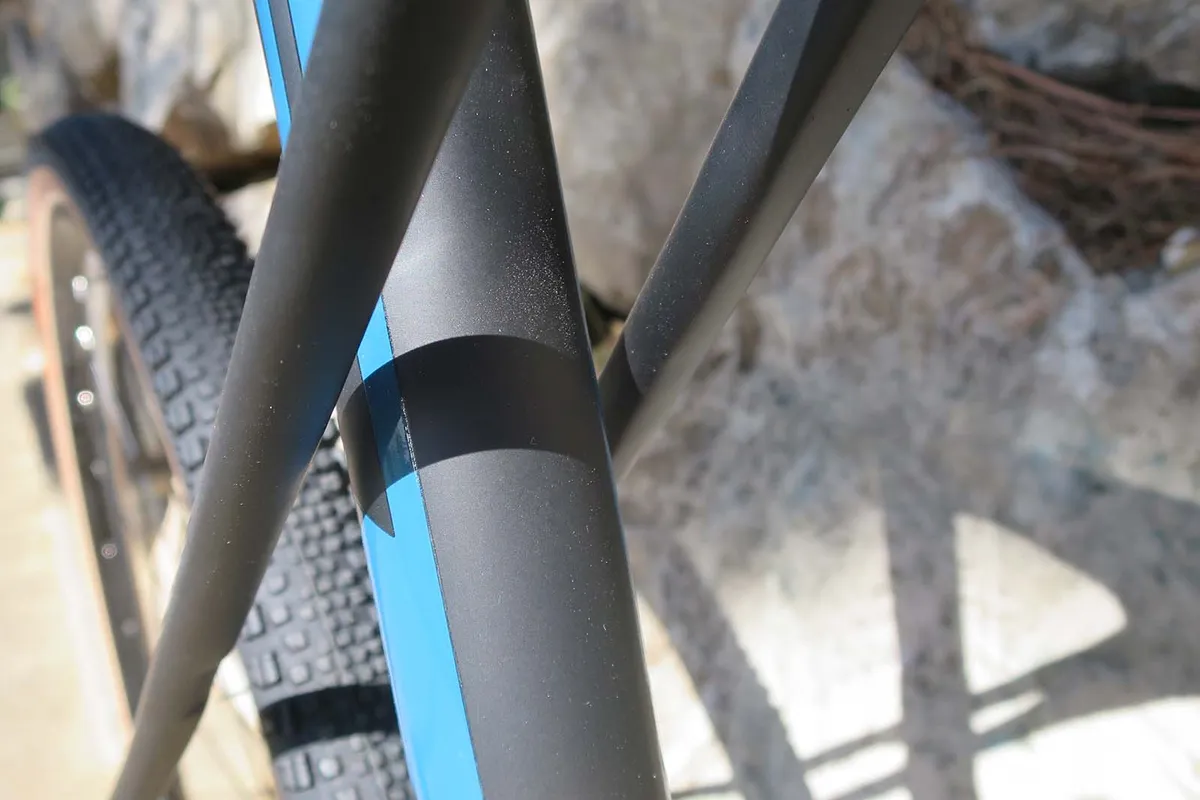
These, like the first Grade, are solid in construction, not a hollow tube like most carbon tubes. The technology here is called DFD and it combines glass-fibres with carbon.
Glass-fibre rods, as used in the stays, have a similar strength to carbon but with a far lower modulus, which means they flex far more freely than usually stiff carbon. These glass-fibre stays are finished with a final carbon layer to add impact resistance.
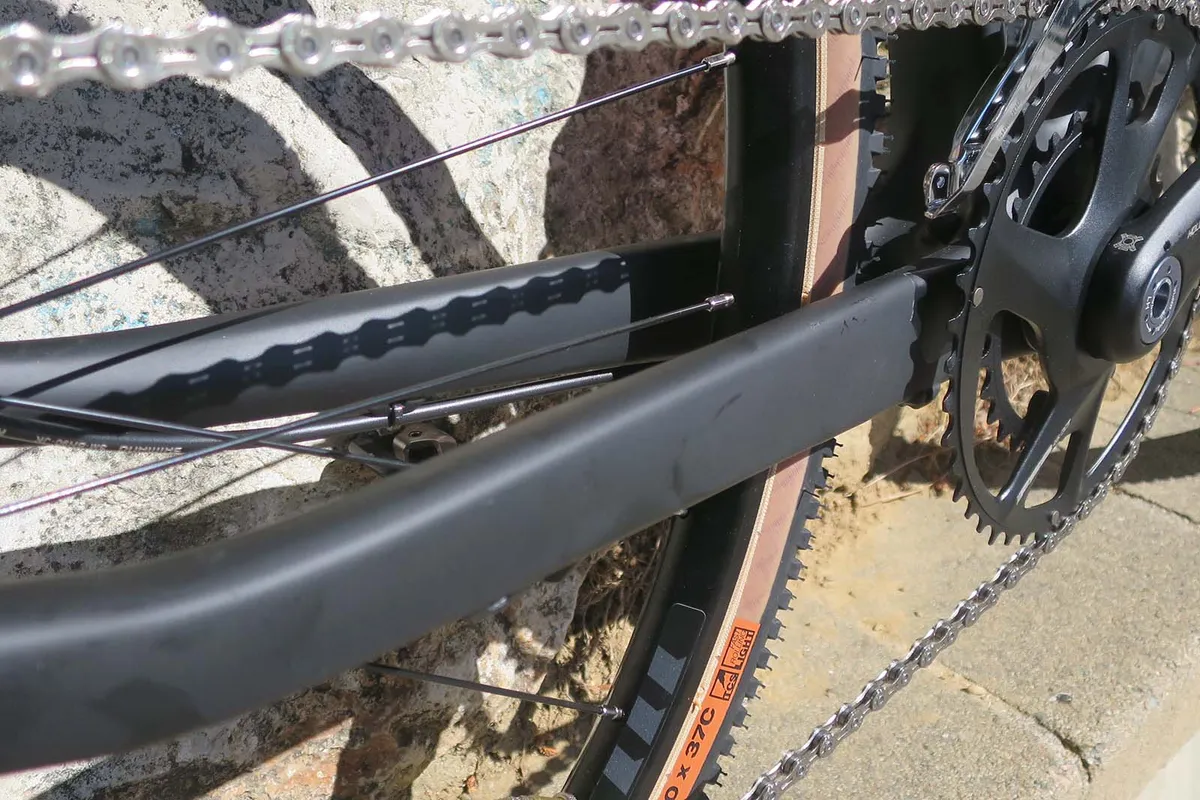
The amount of deflection created was in excess of 10mm (in just the frame) on the original Grade. On this new frame it’s even greater, and when combined with the seat tube, which is designed with a bi-directional taper at the bottom bracket, it basically means that the tube turns from a tube into a flattened section that looks a little like a leaf spring.
This flattening shape means the tube acts more like a hinge allowing for more fore-aft movement, while the massive down tube and oversized chainstays and bottom bracket ensure that drivetrain stiffness is maintained.
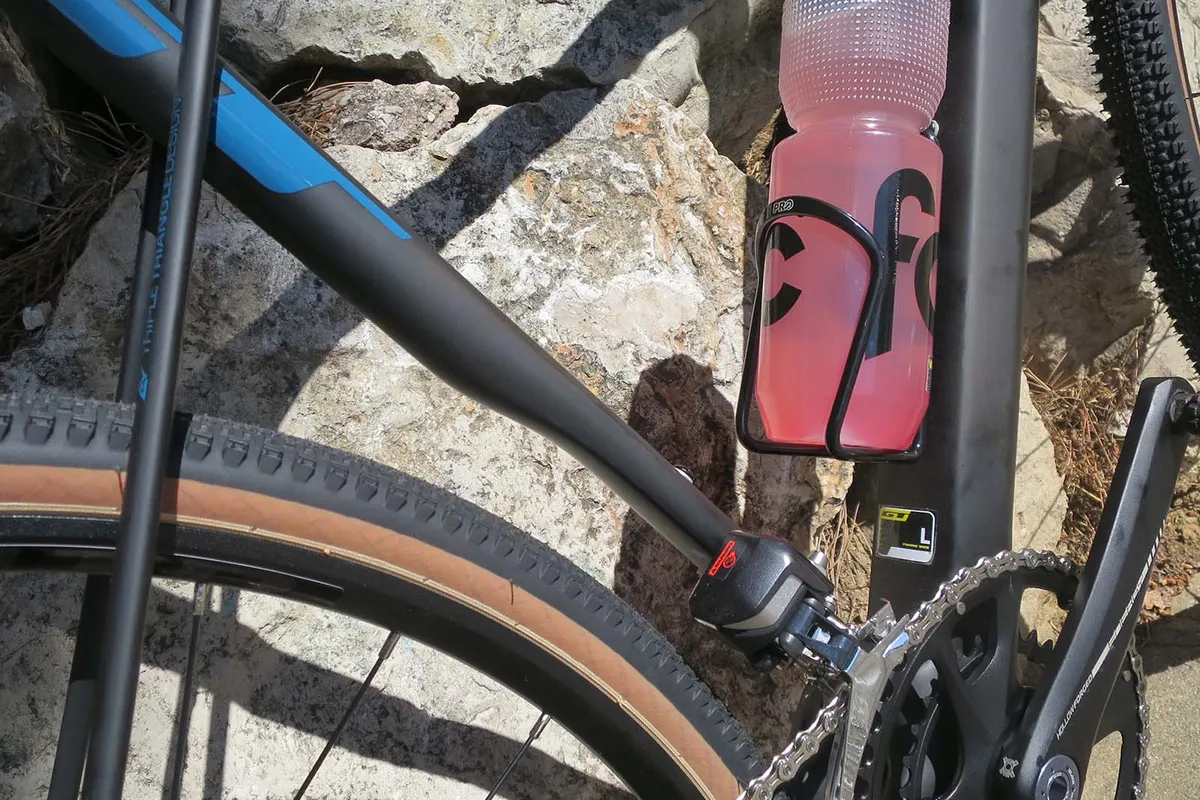
The final component of the flexi-comfort design is the top tube.The flat, broad, yet shallow shape restricts the amount of lateral movement, while the shallow depth is designed to allow the top tube to flex.
This, combined with the downward kink in the top tube at the joint where seatstays and top tube meet this tube, flexes by arching upwards following the same path as the seatstays — it’s like the kinked top-tube is trying to straighten as the frame moves.
Flip that fork
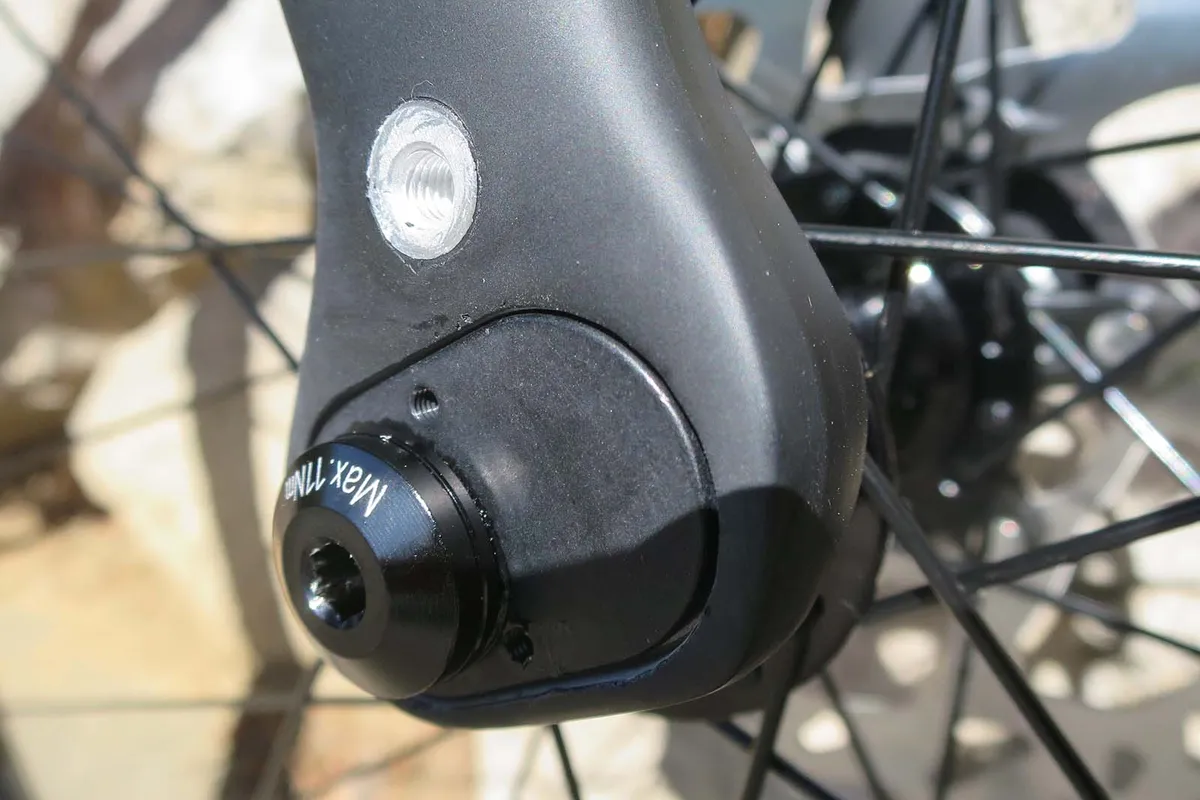
The fork on the higher-model Grades has an innovation that some of you will recognise as being very similar to our Road Bike of the Year winner's fork, the Rondo HVRT.
Both employ a flipable chip at the fork dropout, but where Rondo employs its chip in a more vertical plane to enable you to alter the ride position between race and endurance (the Rondo’s adjustment has more of an effect on the stack/reach/head angle), the Grade’s chip is laid in a much more horizontal plane.
This means the chip has little effect on the ride position and a larger effect on the fork’s trail, with the chip shifting the offset between a pretty standard 55mm down to a short 40mm.
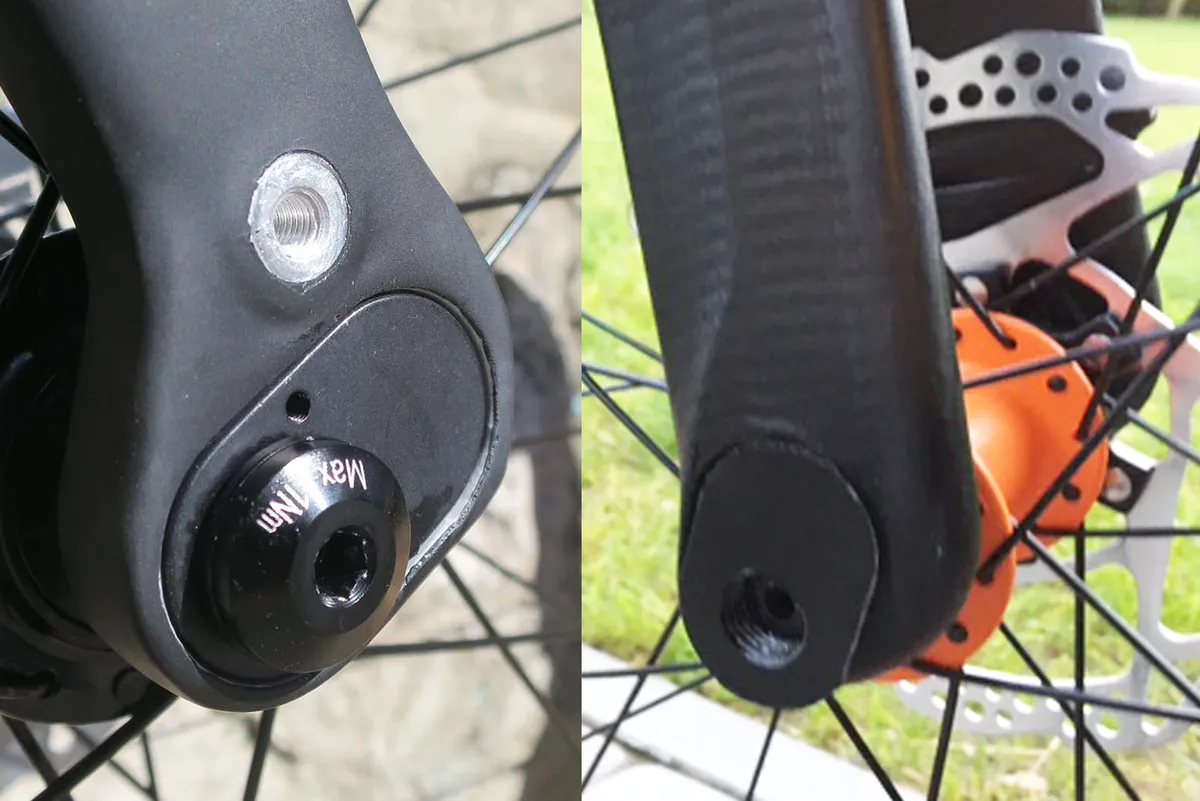
This changes the trail — the position of the wheels contact point relative to the handlebar, like a contact patch that’s ‘trailing’ behind the steering axis — and PK tells us the reason behind this was to make the front-end nimbler to counter the effect of weight when riding the bike fully loaded with bikepacking bags.
I questioned PK on the similarities between the GT and Rondo systems and he was keen to point out that they are fans of Rondo’s approach to making a more versatile bike through ride position dynamics, and that GT's approach was to make a more rounded Grade with its versatility — the reason for adopting this design.
On lower models the flip-chip fork is replaced by a standard offset, full carbon fork, which measures 400mm from crown to axle. For tyre clearance that equals the back-end of the bike, and this full carbon fork is actually lighter than the flip-chip fork by around 30g.
Maximum MPG
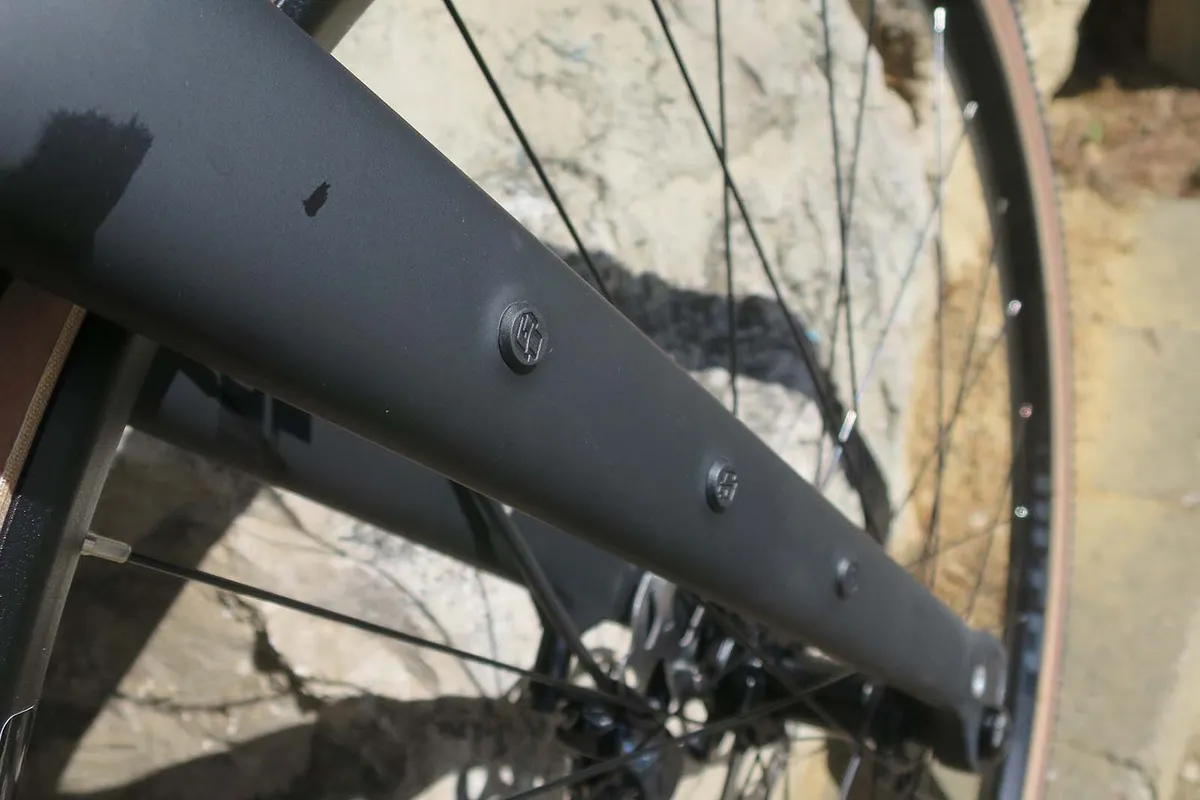
With all this talk of baggage, it’s no surprise that GT calls the Grade fully MPG — that’s Mounting Points Galore to the rest of us.
The carbon version of the bike features no fewer than five positions for bottle cages (three on the down tube, one on each fork leg), while the alloy model has even more with eight bottle positions.
Aside from camel-like water carrying abilities, the Grade also has bosses for fenders/mudguards with a removable bridge on the carbon bikes, as well as racks front and rear, and even a Bento box mount on the top tube.
GT Grade weights and measures
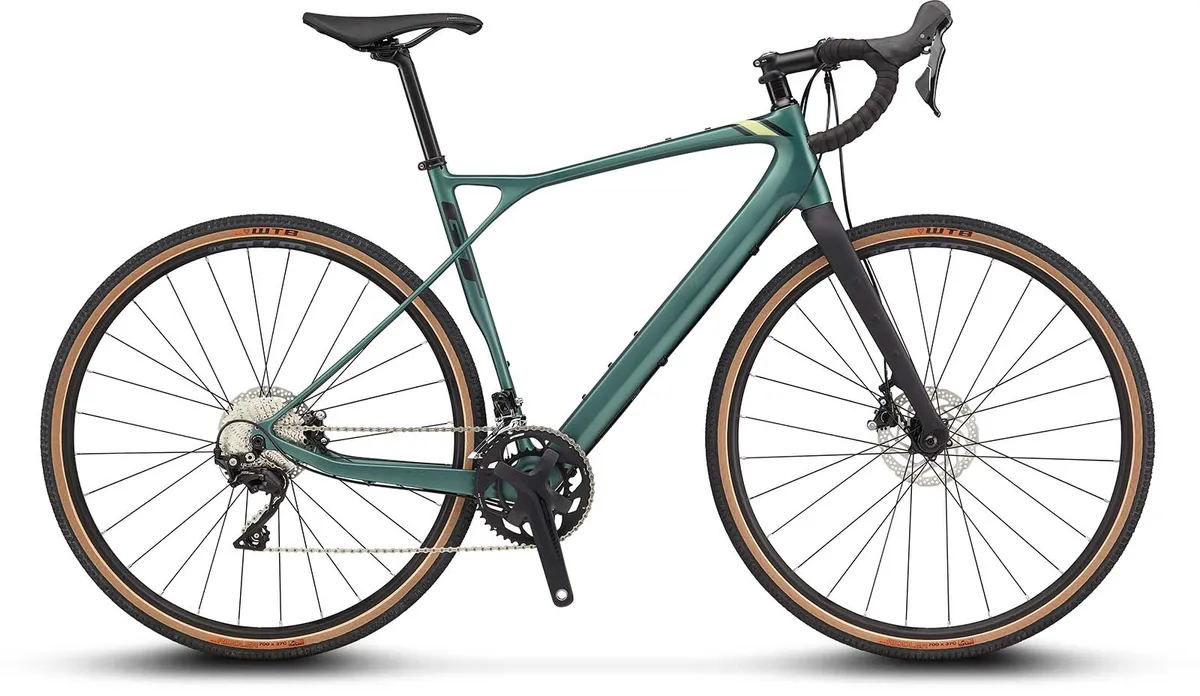
The carbon Grade frame has actually gained a little weight over the previous generation, up to 980g from 965g for a size large. But when you factor in the myriad of new bosses, the increased tyre clearance (up to 42c from 35c on 700c wheels), internal routing for Di2 and a dropper post, plus the addition of a 12x142mm thru-axle, the extra 25g doesn’t seem like a big increase at all.
The new Grade is also dual wheel size compatible and has generous clearance on 650b wheels too with a massive 47c tyre allowed.
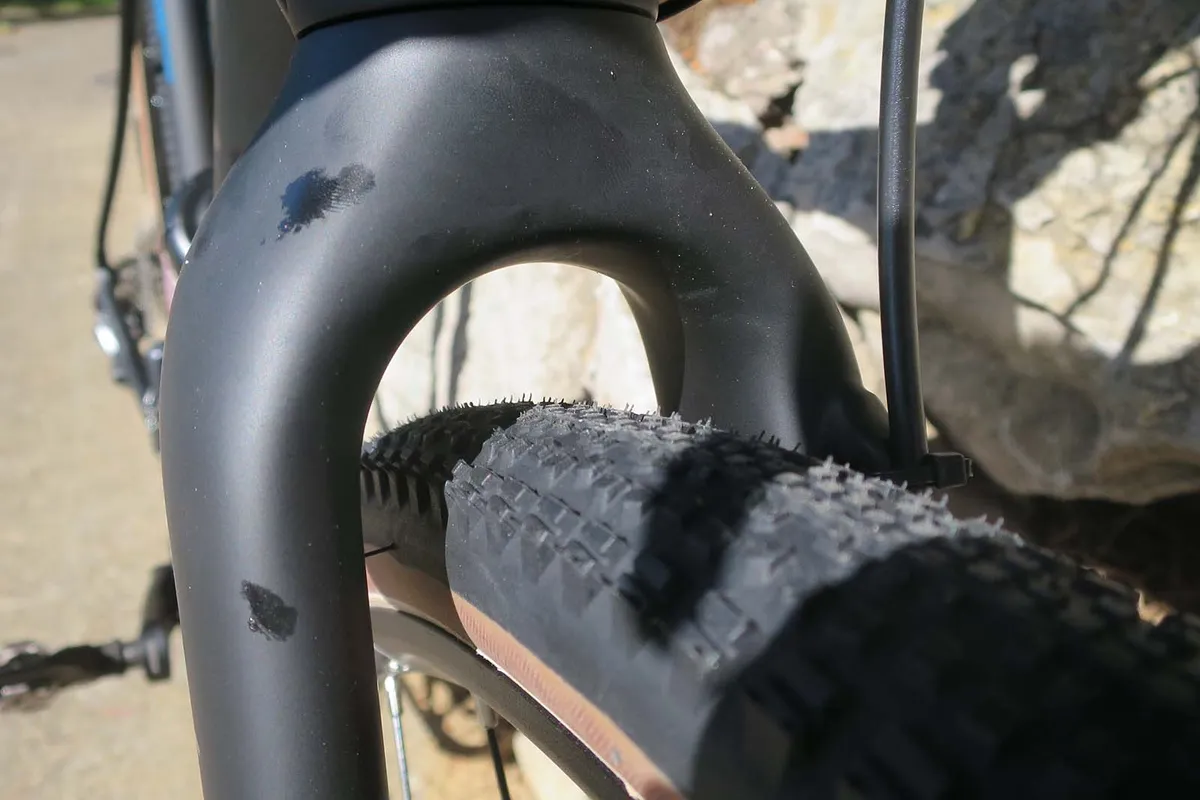
GT, being predominantly a dirt brand, has paid particular attention to the brake spec. The flat mounts are set for 160mm rotors, and when the included additional mounts are fitted that ups the rotor sizing to 180mm.
That’s a first for any drop bar bike we’ve seen so far, but when the bike is fully laden at its 280lb weight limit (baggage and rider) you may well welcome the extra stopping performance.
GT has also looked at the geometry of the Grade. PK explains: "As the gravel-style bike sector has grown the bikes have also evolved, so the original Grade had much more of a relaxed endurance riding position. For the new bike we’ve still kept the endurance position, but we’ve just made it a lot sportier."
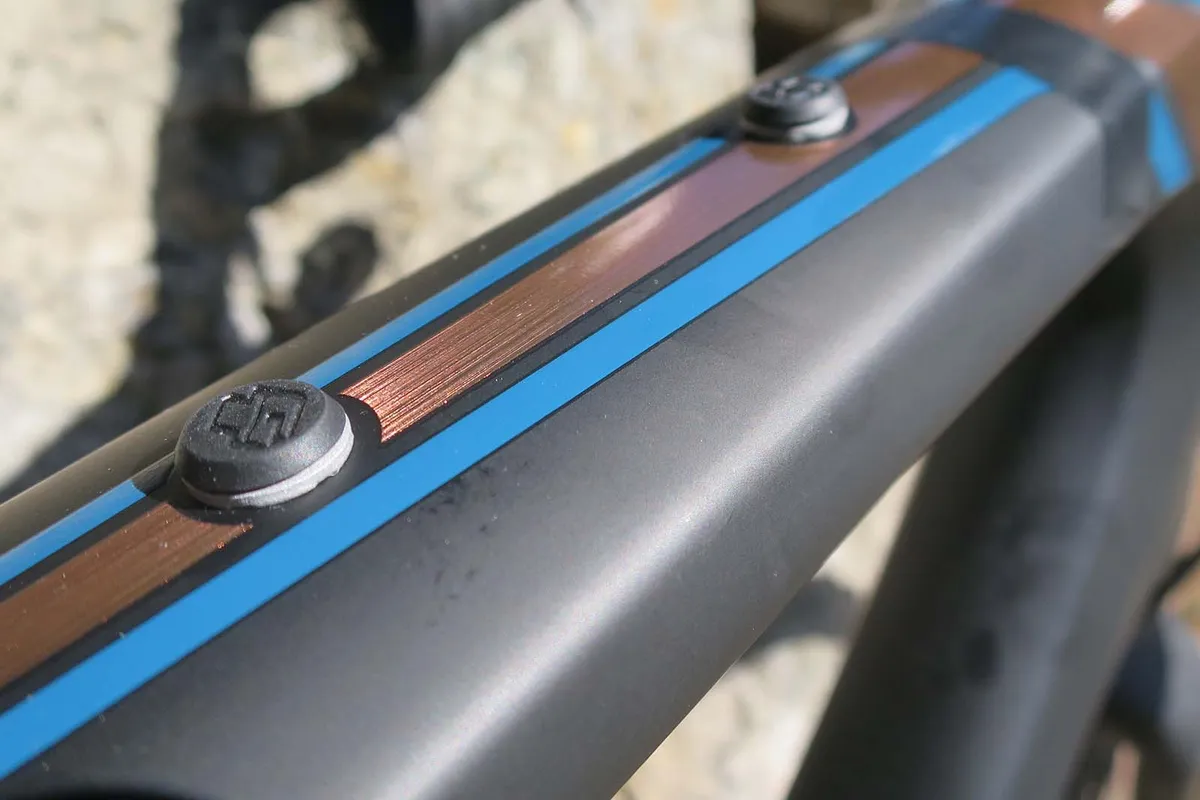
That means that on a large (58cm) bike the stack is down to 612mm from 627mm, the reach is extended to 400mm up from 382mm, while the wheelbase is up to 1,070mm on the carbon, and 1,055mm on the alloy (compared with 1,035mm on the previous model). This is because of the increased tyre clearance requirements of the new bike.
GT Grade specifications, pricing and availability
GT Grade Carbon Pro
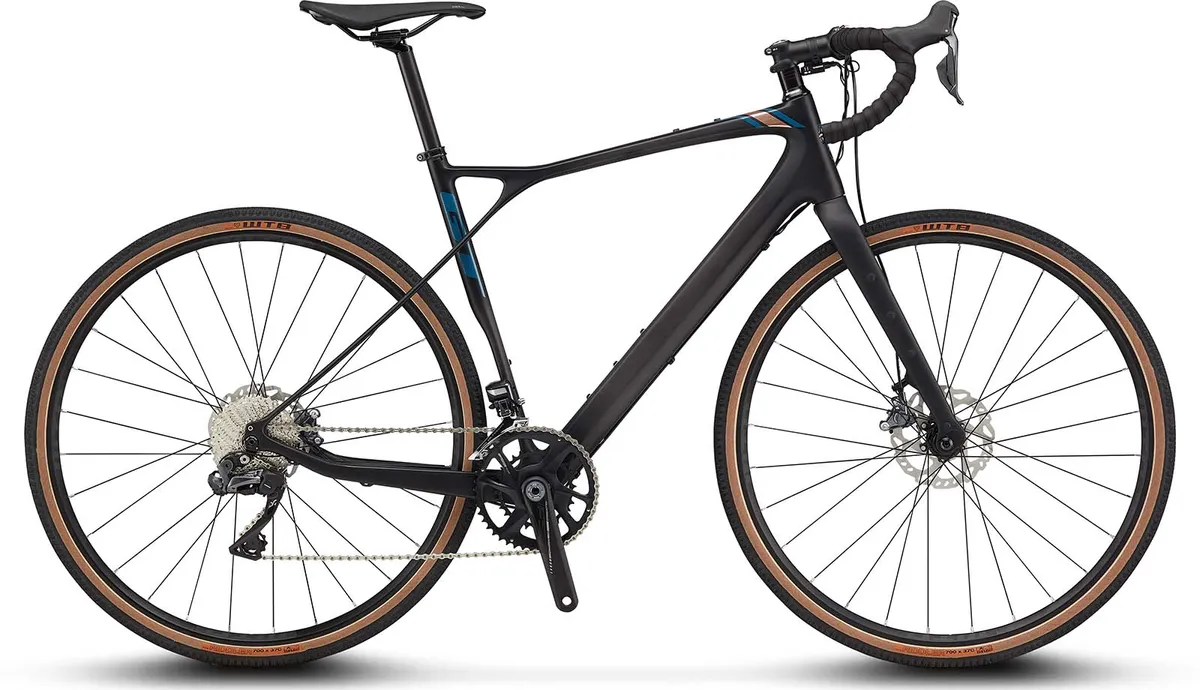
- Frame: Carbon
- Fork: Flip-chip carbon
- Group: Shimano Ultegra Di2, with RX (clutch) mech
- Handlebar: GT Droptune bar 16 flare
- Seatpost: GT Carbon post
- Saddle: Fabric Scoop
- Wheelset: WTB KOM Light i23
- Tyres: Riddler 37c
- Price: £3,500/$3,900/€3,799
GT Grade Carbon Expert

- Frame: Carbon
- Fork: Flip-chip carbon
- Group: Shimano 105
- Handlebar: GT Droptune bar 16 flare
- Seatpost: GT Carbon post
- Saddle: Fabric Scoop
- Wheelset: WTB KOM Light i23 wheelset
- Tyres: Riddler 37c
- Price: £2,000/$2,500/€2,299
GT Grade Carbon Elite
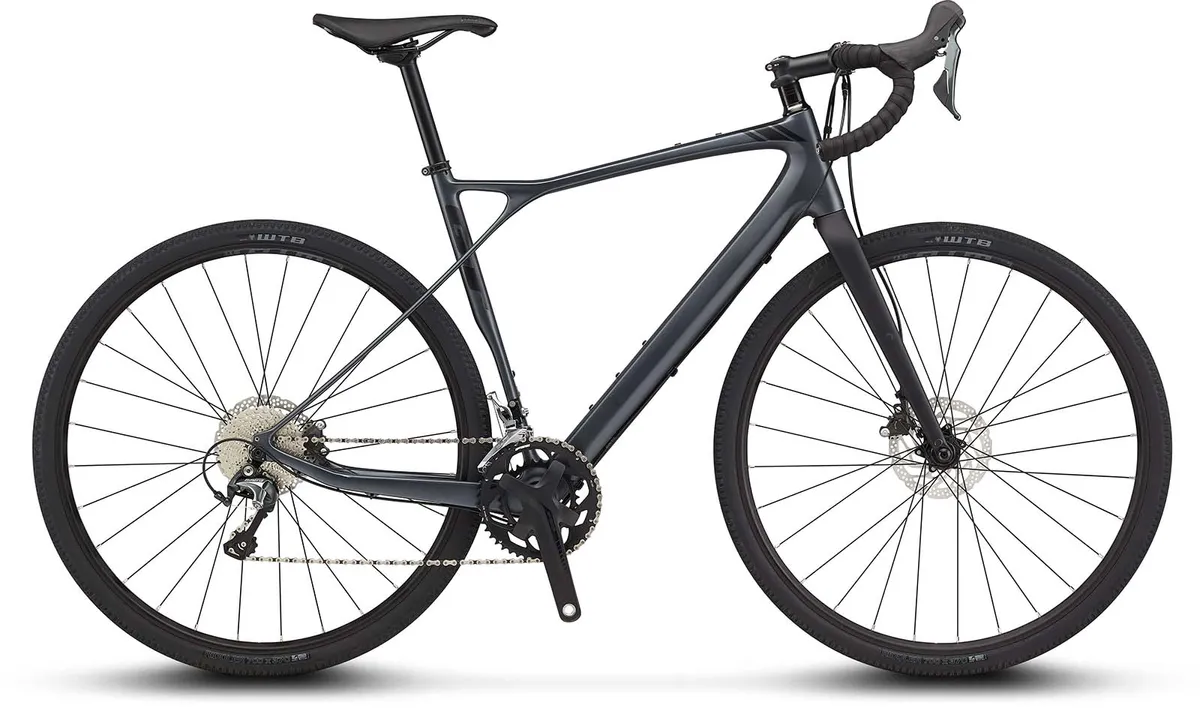
- Frame: Carbon
- Fork: Single position
- Group: Shimano Tiagra
- Handlebar: GT Droptune bar 16 flare
- Seatpost: GT ally post
- Saddle: Fabric Scoop
- Wheelset: WTB TCSi23
- Tyres: Riddler 37c
- Price: £1,800/$2,000/€1,999
GT Grade Expert
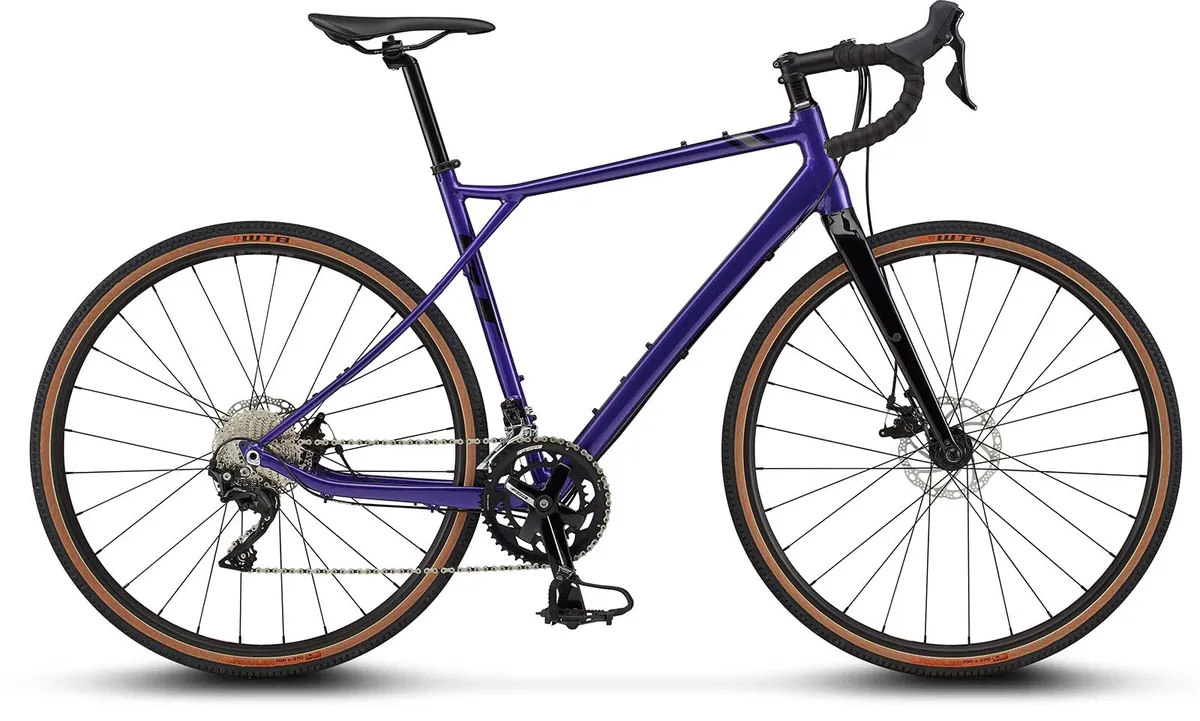
- Frame: Aluminium
- Fork: Single positon full carbon
- Group: Shimano 105
- Brakes: Tektro
- Handlebar: GT Alloy 10 flare bar
- Seatpost: GT Alloy post
- Saddle: GT Grade
- Wheelset: WTB TCS i23
- Tyres: Riddler 37c
- Price: £1,200/$1,500/€1,399
GT Grade Elite
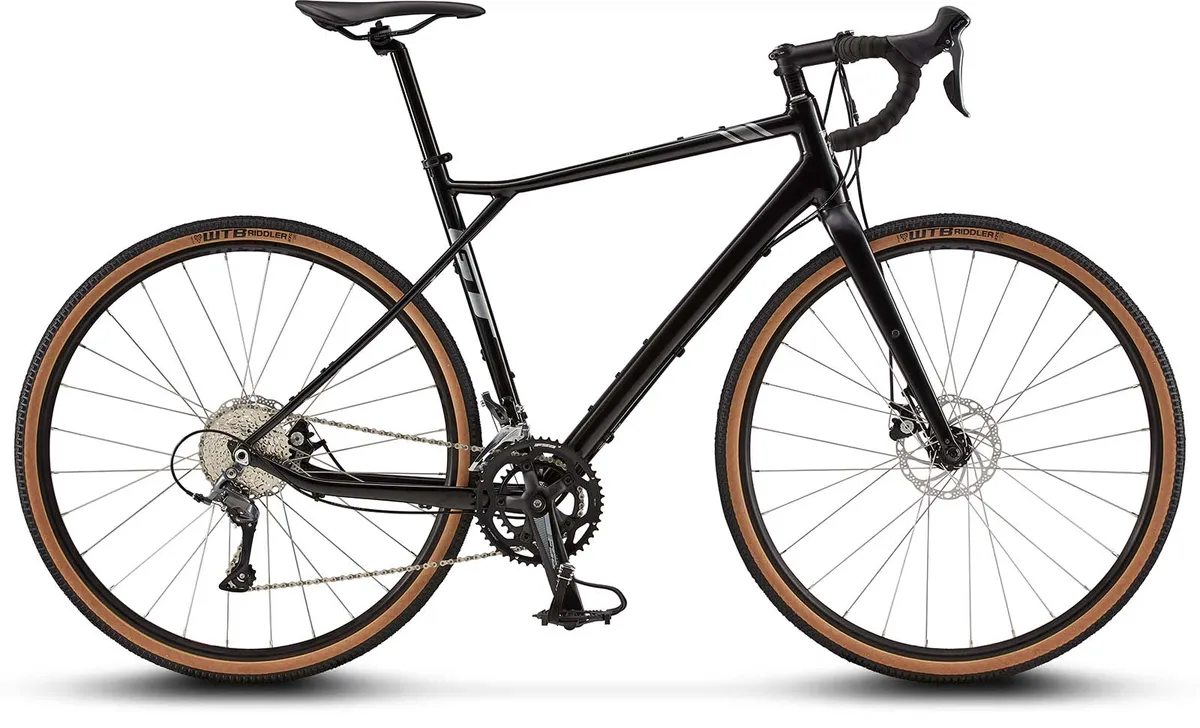
- Frame: Aluminium
- Group: Shimano Claris
- Brakes: Tektro
- Handlebar: GT Alloy 10 flare
- Seatpost: GT Alloy
- Saddle: GT Grade
- Wheelset: WTB TCS i23
- Tyres: Riddler 37c
- Price: £850/$1,000/€899
The new GT Grade will be available mid-June
